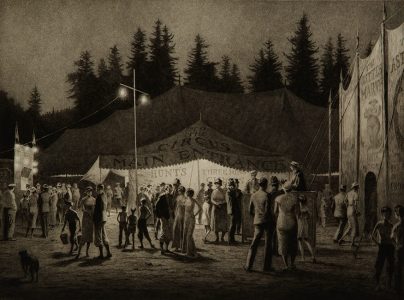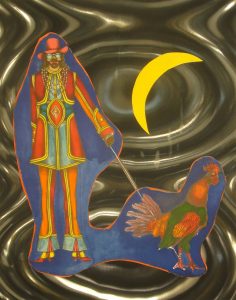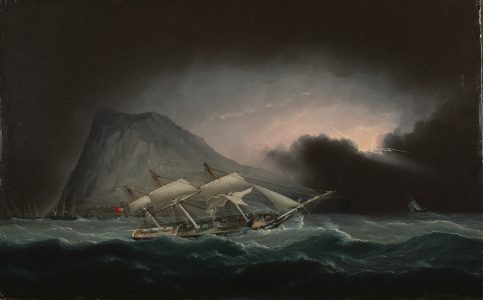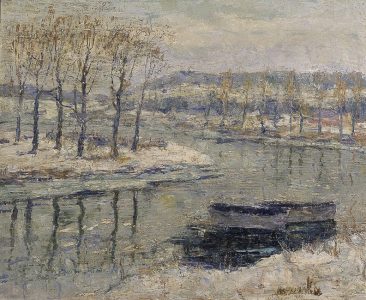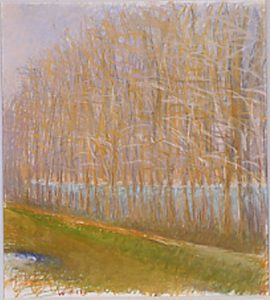
On Changing Artistic Tastes and American Modernism
Recently, while conducting research on the painter Elizabeth Murray (herself worthy of a future blog post), I came across an interesting anecdote. In 1994 Kirk Varnedoe, the Museum of Modern Art’s Chief Curator of Painting, asked Murray to curate an…



